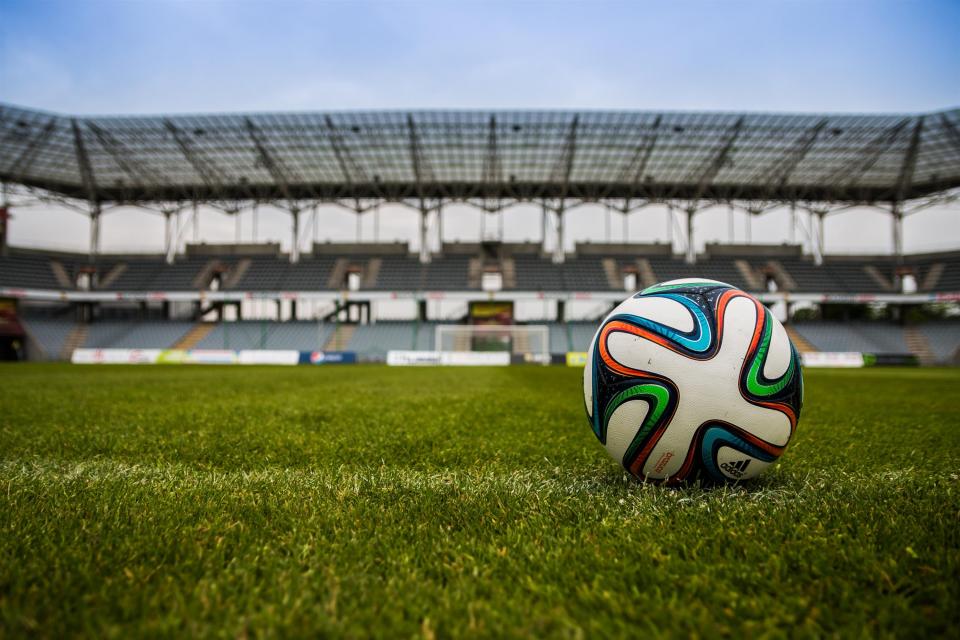
★★★★☆
How do you make the world’s most popular sport even more compelling? Like the long slog of a season, it’s a bloody hard job. But the Design Museum have stepped up to the challenge, deconstructing all the dazzling parts that make up the beautiful game.
It does this in two clear ways – presenting the sport as a sacred hand-me-down, passed on (pun intended) through generations, whilst also being a truly global affair, connecting and reflecting fans from across the world in all their kit colours and stadium splendour. If the timing of the exhibition was intended to excite fans in the run-up to a World Cup that commences in November – yes, November – then it certainly does the trick.
The first-of-its-kind to look at football from purely a design perspective, the exhibition presents how the game has evolved through five sections: Performance, Identity, Crowds, Spectacle and Play. Like a good manager, the exhibition’s curator, Eleanor Watson, has carefully considered every inch and, quite literally, blade of grass that makes the game tick, from the evolution of the turf to the expansion of stadiums.
We are reminded just how far the game has come since its early, and mildly dangerous, days, where stitched leather panelling on the ball would easily cut your scalp in wet conditions.
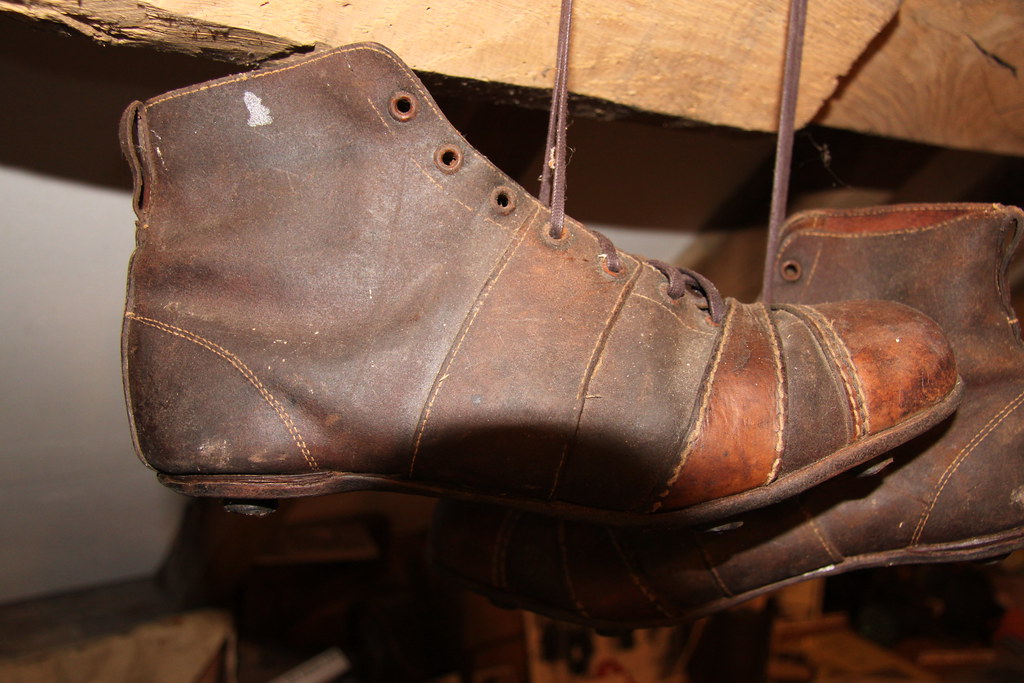
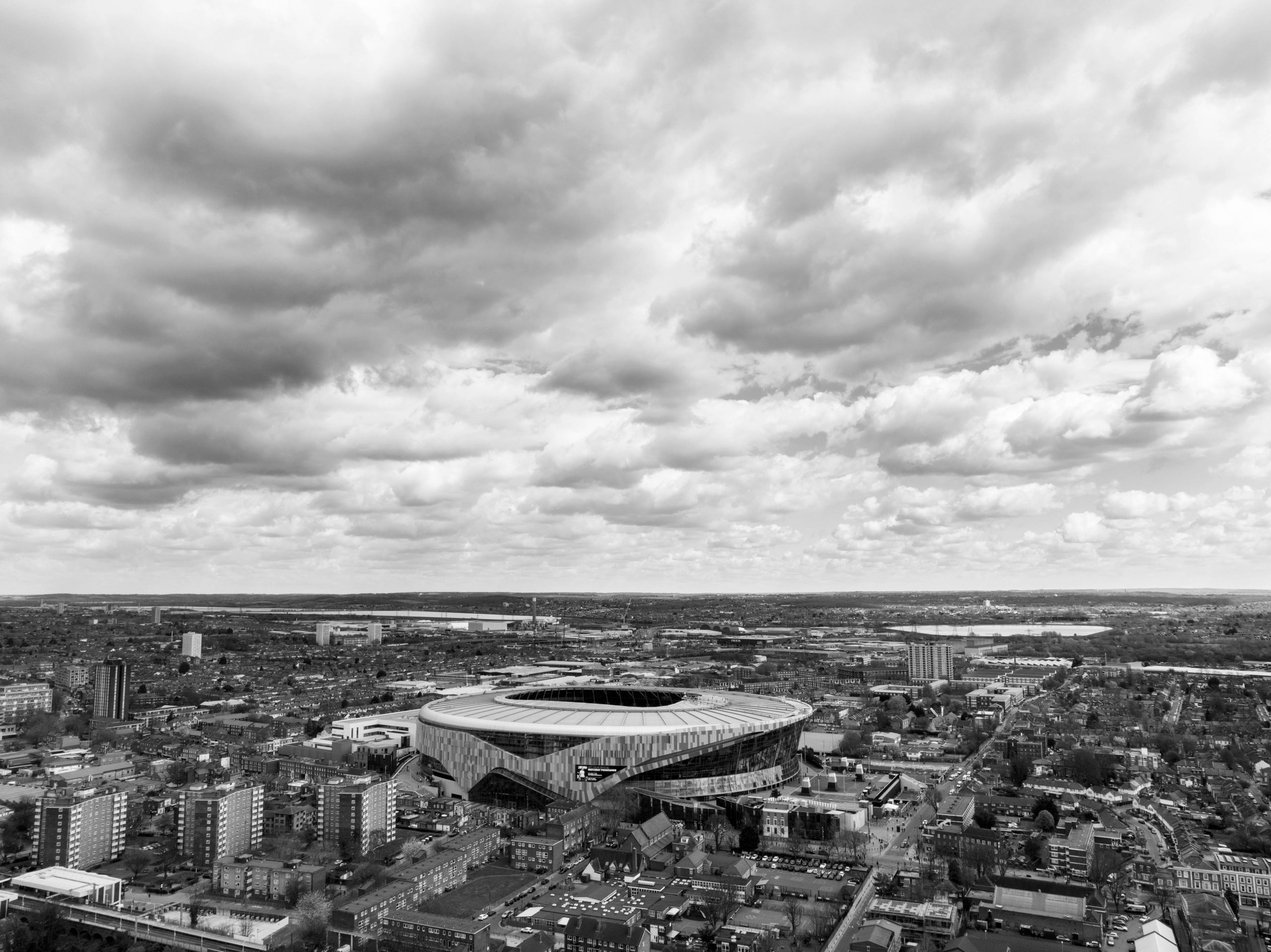
There might have been complaints surrounding Adidas’ Jabulani ball for the 2010 World Cup, but imagine going for a bullet header with one of those on a rainy night in Stoke. It’s a reminder of the high-end nature of performance the modern game is played with.
There are other design components that have given people access to the sport too – items we don’t always consider, but which this exhibition puts under the spotlight. The lightweight sports hijab, for instance, opened the sport up to Muslim women; the simple Valiant Football League Ladders enabled fans to follow their team’s table position from home before Ceefax, let alone the BBC Sport’s website, were invented.
Then, of course, there are the kits. Items of beauty, worthy of a whole exhibition in themselves for their sheer inventiveness. Adorning the walls like a sporting tapestry, you naturally zoom in on each one to find many of them carrying their own associations with individual players. David James for Liverpool. Ronaldo for Portugal. Lineker for Spurs. (And for the sake of declaring my bias, yes, I’m a Spurs fan).
If that isn’t enough then there’s the kits worn by the true greats: Pelé, Zidane and Maradona.
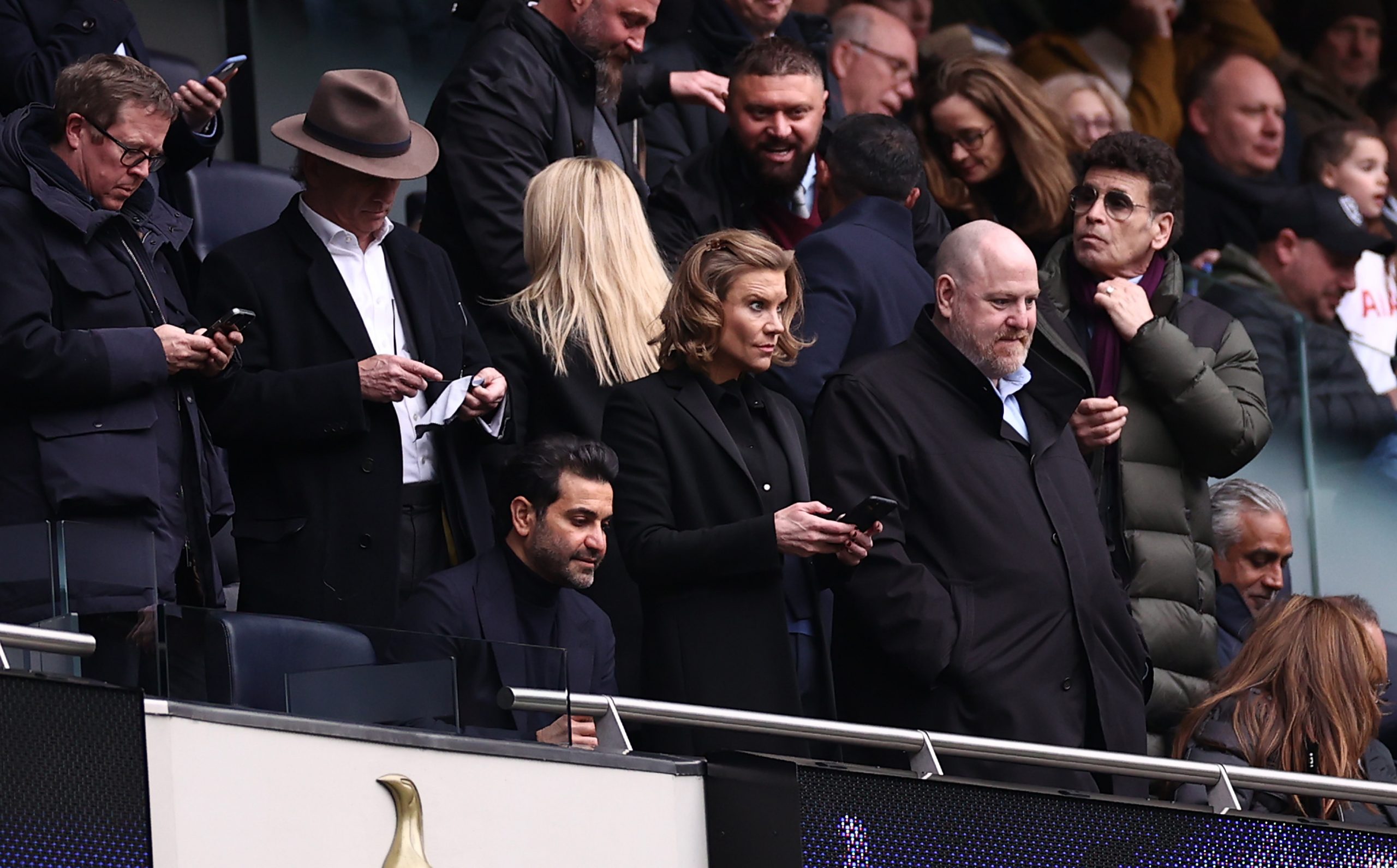
The exhibition outlines how plenty of money has flown into the game.
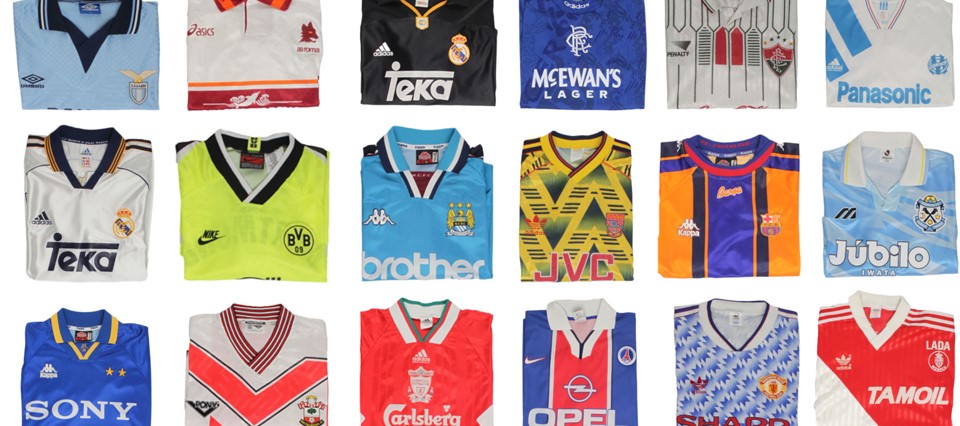
But where there is beauty, so too is there a darker, more tragic side to the sport’s history. This presented itself most prominently in the 1980s, including at the well-documented Hillsborough tragedy, which alone claimed the lives of 97 people. In total, some 355 people died at stadium disasters during that decade.
Such dire conditions even led The Sunday Times to describe the game, albeit in a much-maligned 1985 article, as “a slum sport played in slum stadiums, and increasingly watched by slum people”. The exhibition does well not to gloss over this more troubling episode in the sport’s history. Audio archive enhances this effectively, whilst a Memorial Banner designed by Hillsborough designer Peter Carney is an impressive, if a little sobering, spectacle.
Equally, it does well to present the enormous wealth that has since flooded into the sport – obscene amounts that are at times hard to fathom, especially during our current squeeze on the cost of living.
It outlines the current dichotomy that still bedevils fans: we can criticise the money all we like, but we’ve grown accustomed to the sporting luxury this has provided us, in elite players, managers and stadiums. The £1 billion, state-of-the-art Tottenham Hotspur Stadium, for instance, shows the very pinnacle of what such wealth can create, with a 1:100 scale model used to demonstrate this.
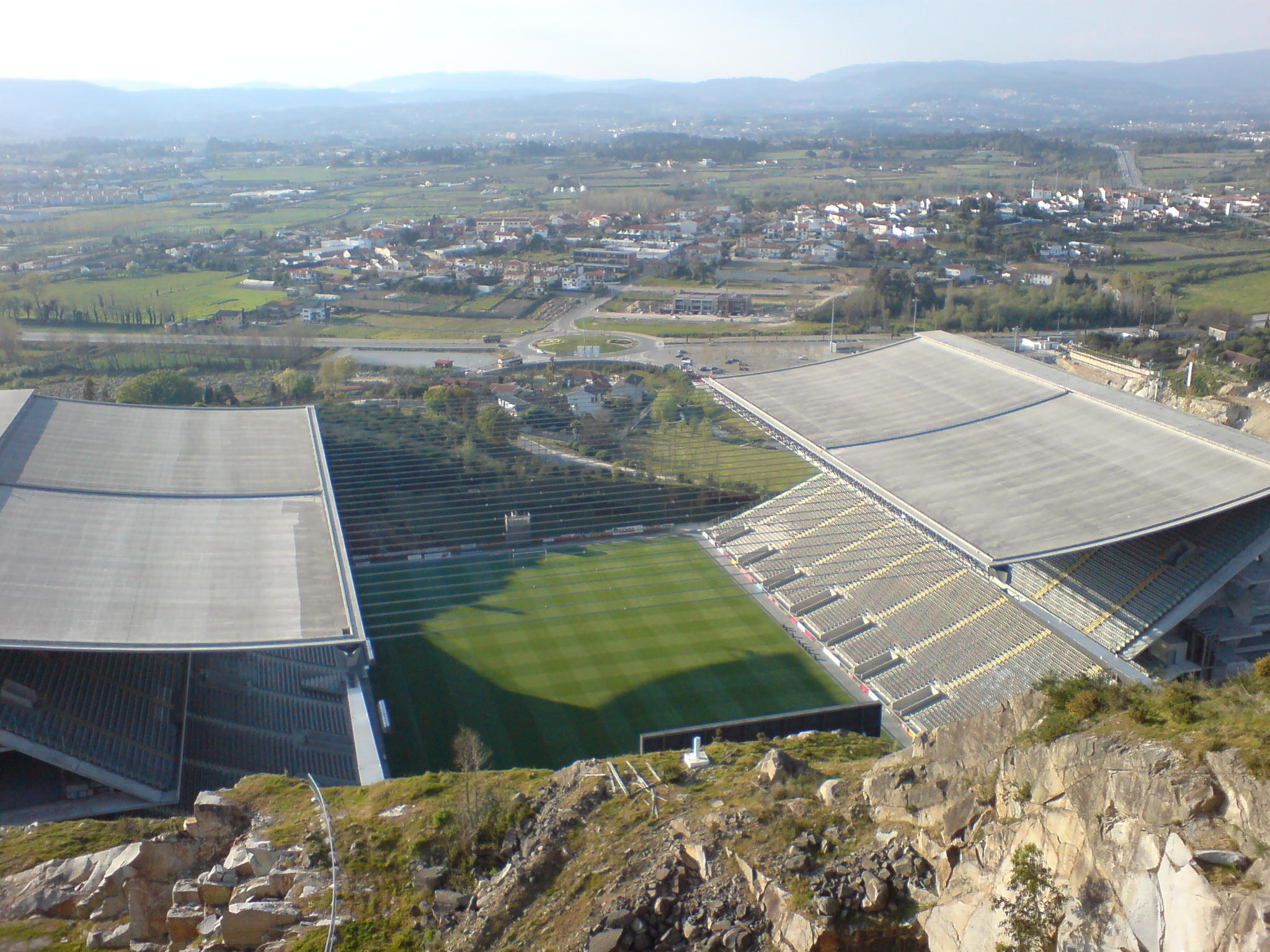
Some say an atmosphere can’t be bought – and in many ways this is true. Yet the specialist acoustics of this stadium, with angled panelling to reflect sound back into the stadium, carrying the crowd’s chanting and preventing competing chants from different parts of the crowd from clashing, shows how design truly can enhance the collective spirit of fans.
(That said, it should be noted that this display neighbours the kind of trophy cabinet that has yet alluded the North London club.)
The historical showcase of Newcastle’s logos, and a 1:50 scale model of Chelsea’s stadium is an indication of how this flow of money continues, and continues to cause issues, respectively.
Meanwhile, a scale model of Estádio Municipal shows how money doesn’t always equate to beauty: the stadium (built for £70 million, which isn’t insignificant, but still a fraction of the cost of other clubs), is built within a quarry, embraced by the land, and praised for the access it allows poorer fans without a ticket to clamber the rocks and watch for free.
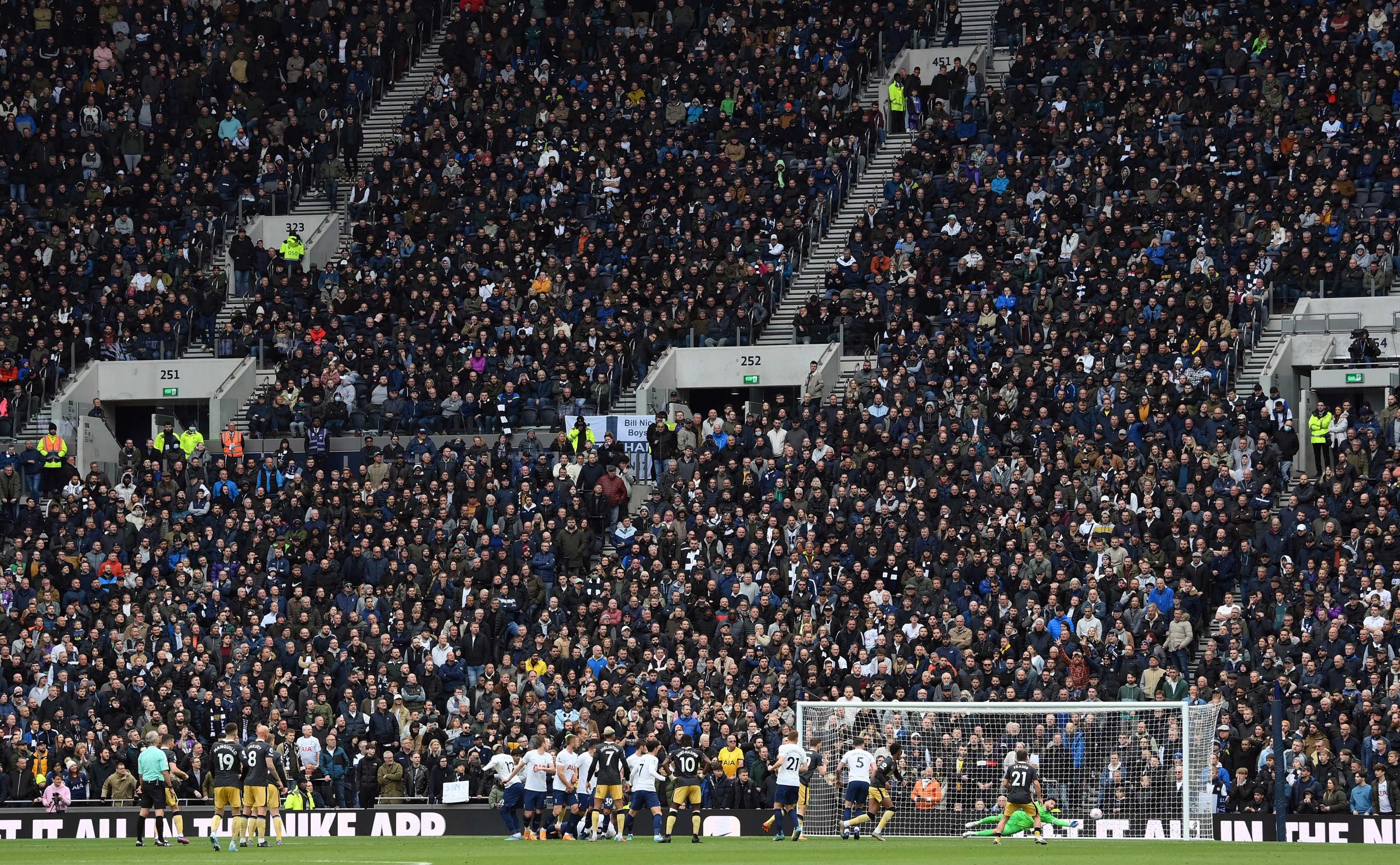
This exhibition isn’t for free. It’s £16.80 for adults (or punters, as they call them on the website), £8.25 for kids and £12.50 with a concession. But it’s thoroughly worth it.
And if you really fancy splashing out – the way I hope my club will in the summer – there’s a gift shop selling some quality merch and, of course, some football shirts.


